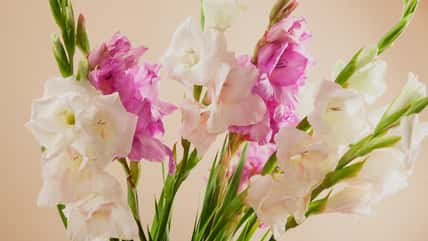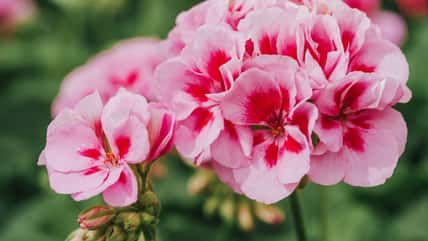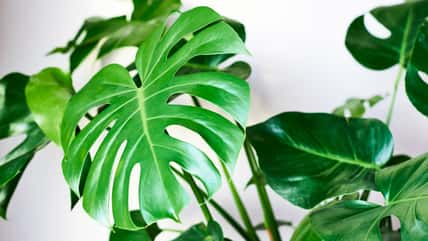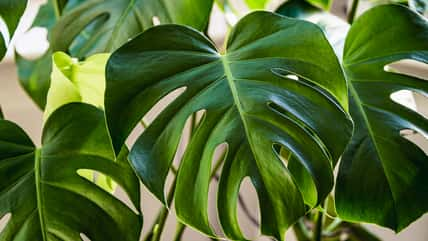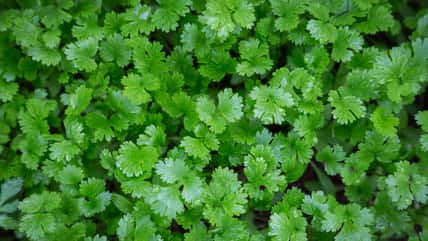Here Are Our Top Tips For Keeping Cowbirds At Bay And Protecting Your Garden’s Diverse Bird Population

In the world of gardening, every day brings a new challenge, whether it’s battling pests, nurturing new seedlings, or simply trying to coax a bit more life out of that stubborn tomato plant.
But sometimes, the challenges come flying in from the sky, quite literally, in the form of cowbirds.
These winged visitors, while fascinating in their own right, can pose unique challenges for gardeners and bird enthusiasts alike.
What Are Cowbirds?
Cowbirds are a genus of birds known scientifically as Molothrus, part of the New World blackbird family.
Native primarily to North America, these birds are easily recognizable by their stout shape, sharp beaks, and, in the case of males, glossy black plumage with a brown head. Female cowbirds, on the other hand, don a more subdued palette of brown and gray.
What sets cowbirds apart in the avian world is not just their appearance but their unusual nesting habits. They are known as brood parasites, meaning they lay their eggs in the nests of other bird species, leaving the unsuspecting foster parents to raise their young.
Why You Might Not Want Them In Your Garden
While cowbirds are a natural part of many ecosystems, their presence in your garden might not always be welcome – because their brood parasitism can be detrimental to the populations of other songbirds.

Robert McAlpine – stock.adobe.com – illustrative purposes only, not the actual bird
Cowbirds’ eggs tend to hatch earlier, and their chicks grow faster than those of the host species, often resulting in the host’s own chicks being outcompeted for food and eventually perishing.
So, for gardeners who love having a variety of birds visiting their feeders and nesting in their yards, cowbirds can disrupt this delicate balance, reducing biodiversity.
How To Keep Cowbirds At Bay
One of the most effective ways to manage cowbirds in your yard is by landscaping with native plants. These plants tend to attract a diverse range of native bird species, some of which have developed defenses against cowbird parasitism.
Plus, a garden full of native flora is a garden full of life, supporting not just birds but beneficial insects and other wildlife.
Thereafter, you can modify your bird feeders. Cowbirds are attracted to easy meals, and bird feeders can sometimes become their go-to buffet. To discourage cowbirds, consider using feeders designed to accommodate smaller birds.
Tube feeders with short perches and small seed openings can prevent larger birds like cowbirds from feeding. Alternatively, opting for feeders that require birds to feed upside down can also deter cowbirds, who are less adept at such acrobatics.
Encouraging a variety of bird species in your garden can naturally help control cowbird numbers, too. Many birds are savvy to the cowbirds’ tricks and can recognize and remove cowbird eggs from their nests.
So, by providing a mix of nesting materials, shelter, and food sources, you can support a healthy and diverse bird community that keeps cowbird impacts to a minimum.
Last but not least, keep in mind that sometimes, a little bit of garden décor can really go a long way. Reflective tape, shiny objects, or even old CDs hung from trees can act as visual deterrents to cowbirds and other birds that might see your garden as an easy target for feeding or nesting.
Sign up for Chip Chick’s newsletter and get stories like this delivered to your inbox.
More About:Gardening
